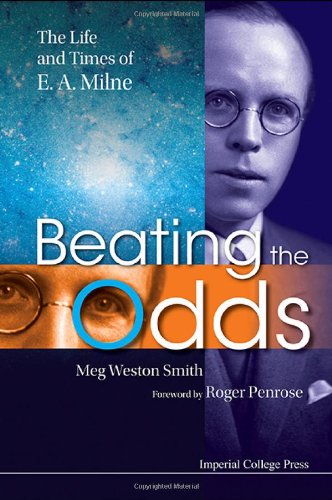

Most ebook files are in PDF format, so you can easily read them using various software such as Foxit Reader or directly on the Google Chrome browser.
Some ebook files are released by publishers in other formats such as .awz, .mobi, .epub, .fb2, etc. You may need to install specific software to read these formats on mobile/PC, such as Calibre.
Please read the tutorial at this link. https://ebooknice.com/page/post?id=faq
We offer FREE conversion to the popular formats you request; however, this may take some time. Therefore, right after payment, please email us, and we will try to provide the service as quickly as possible.
For some exceptional file formats or broken links (if any), please refrain from opening any disputes. Instead, email us first, and we will try to assist within a maximum of 6 hours.
EbookNice Team

Status:
Available0.0
0 reviewsStruggling against poverty, Milne won five scholarships to Cambridge, but he never finished his degree. In World War I he was invited to develop Horace Darwin's device for anti-aircraft gunnery and after the Armistice his prowess in ballistics took him straight to a Fellowship at Trinity College, Cambridge. By the age of thirty he was a Manchester professor and a Fellow of the Royal Society. At Oxford he battled to improve the university's attitude towards science, and established a world-centre of astrophysics. He suffered from Parkinsonism in his forties, the consequence of his having had encephalitis lethargica as a young man. However, buoyed by his Christian faith, he did not slacken his pace. When he died, twice widowed, the author -- Milne's daughter -- was a teenager.
This book is born out of curiosity. The author's aim is to show the human face of science, how the course of her father's life was shaped by circumstance and by the influence of illustrious friends and colleagues such as Einstein, Eddington, G H Hardy, J B S Haldane, Hubble, F A Lindemann and Rutherford. Against all odds, Milne emerged as a scientific powerhouse -- and a rebellious one at that.
Readership: Astronomers, cosmologists, mathematicians, science historians, audiences interested in wartime scientists, the relationship between science and religion, and encephalitis lethargica.